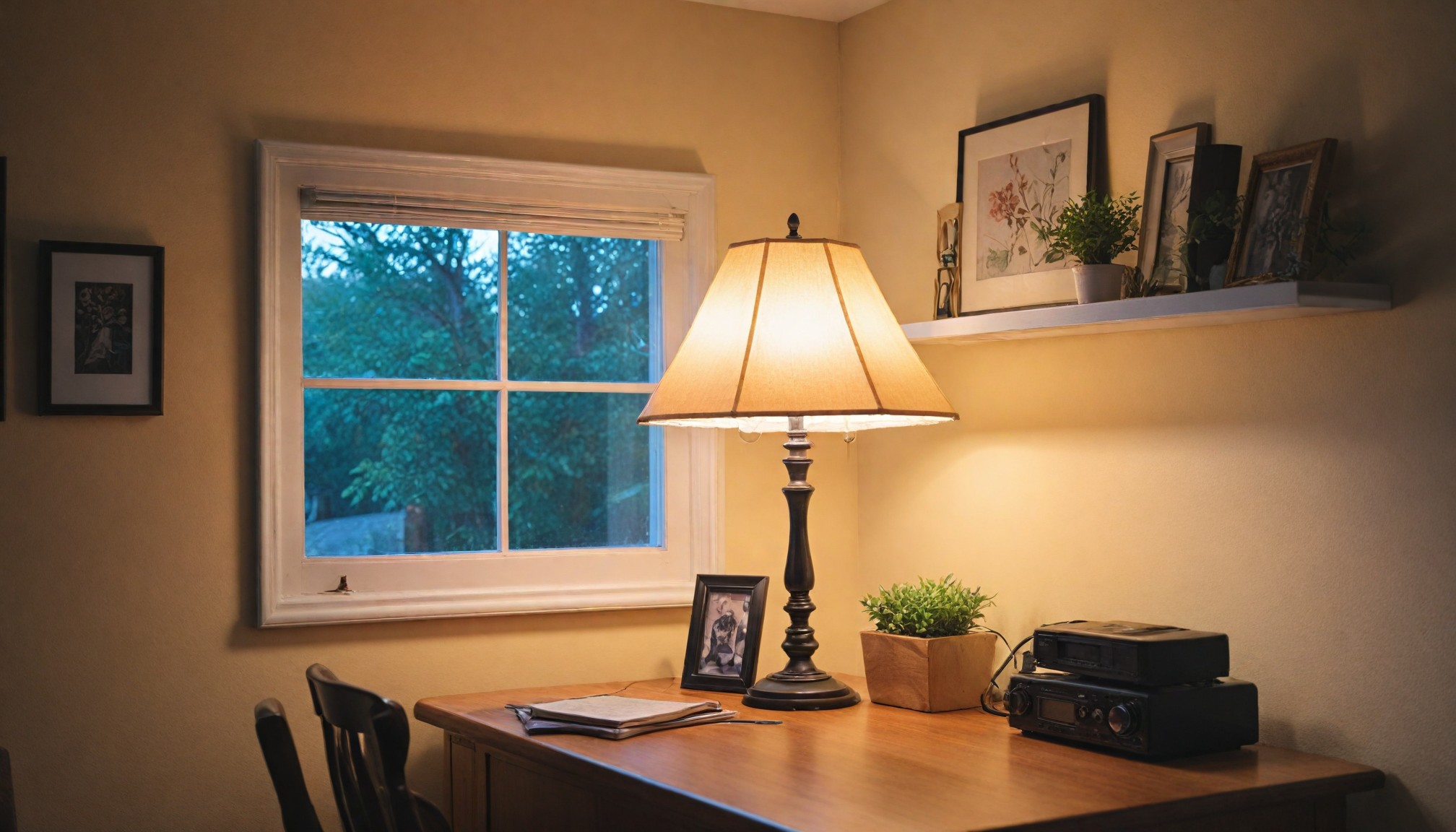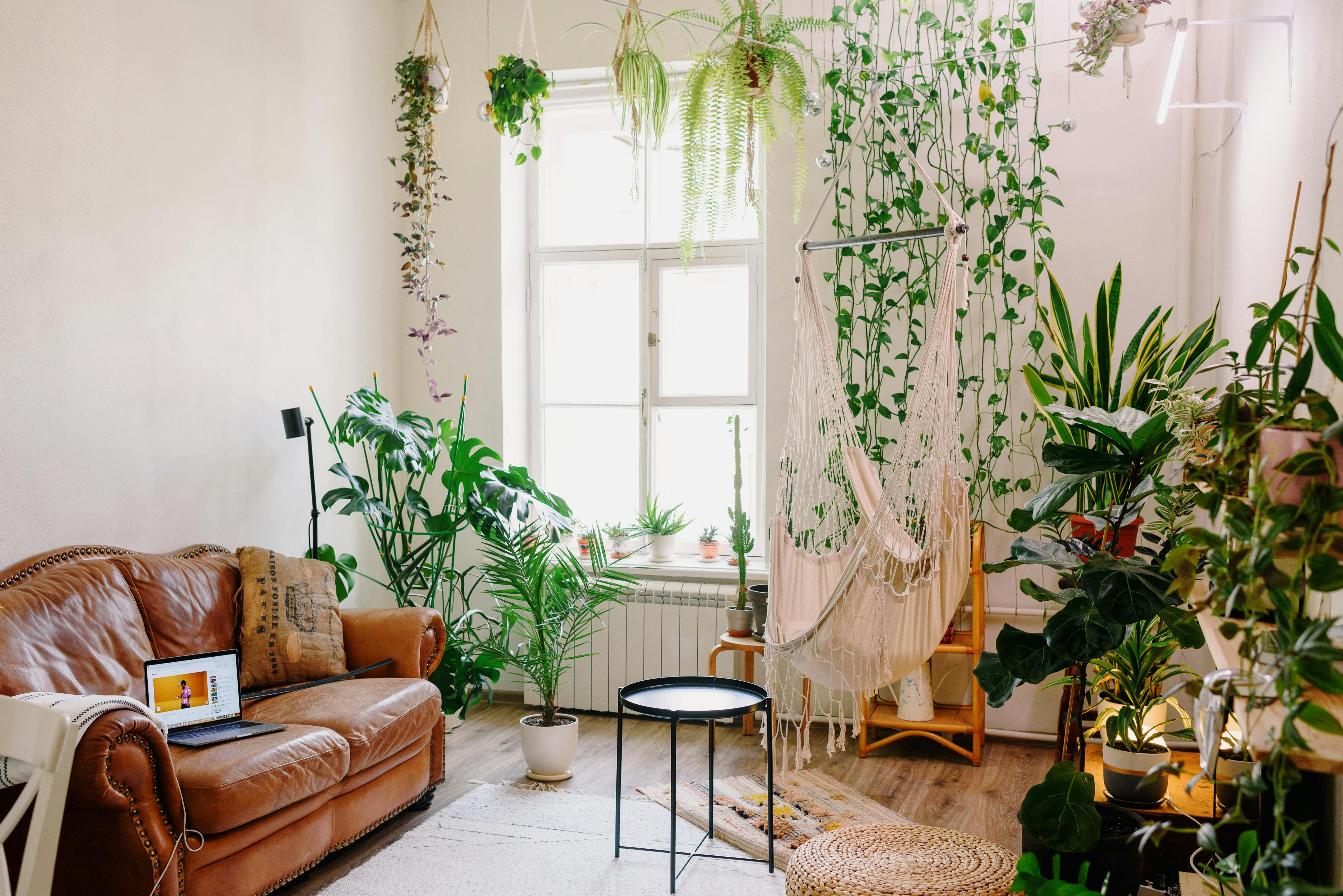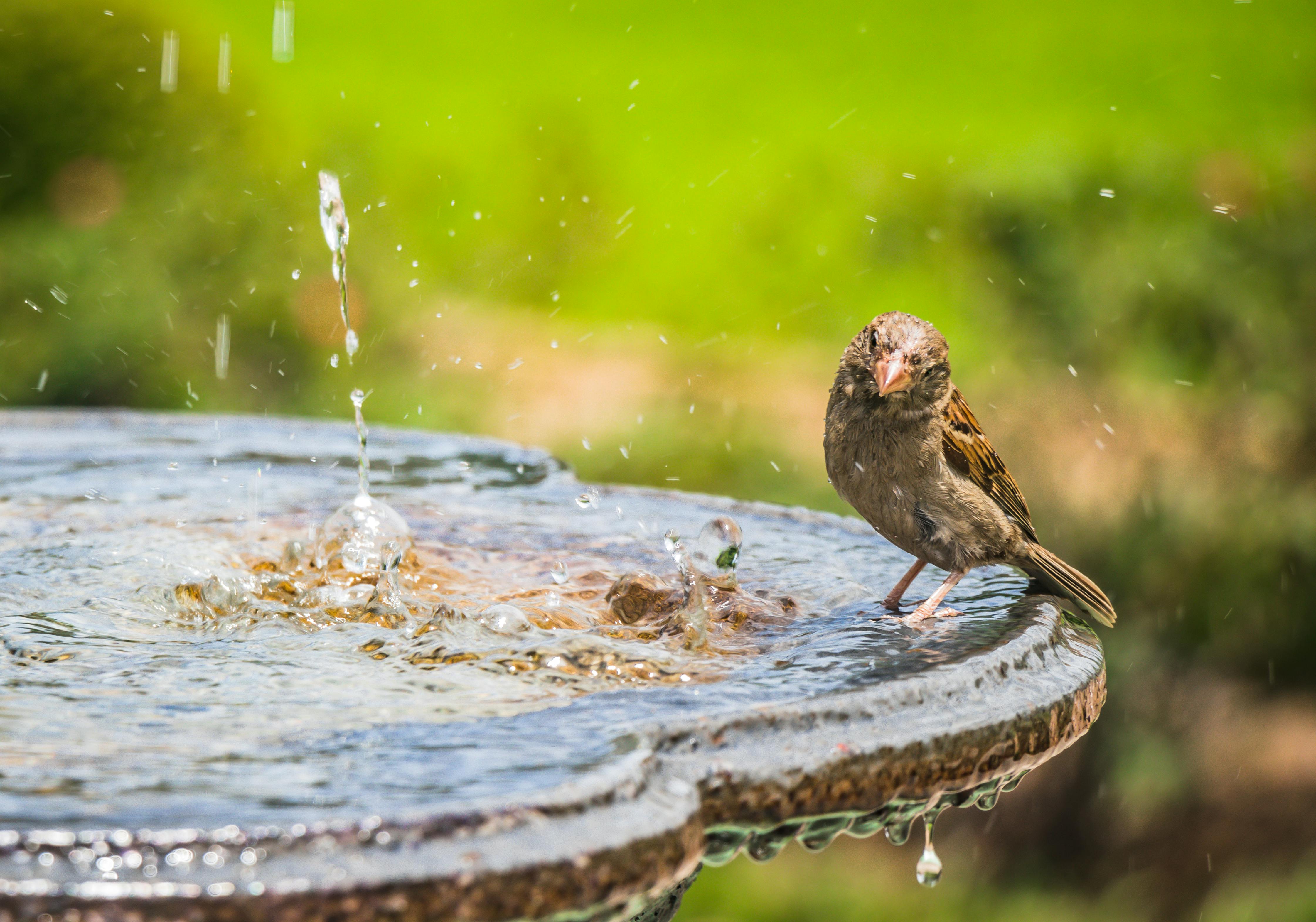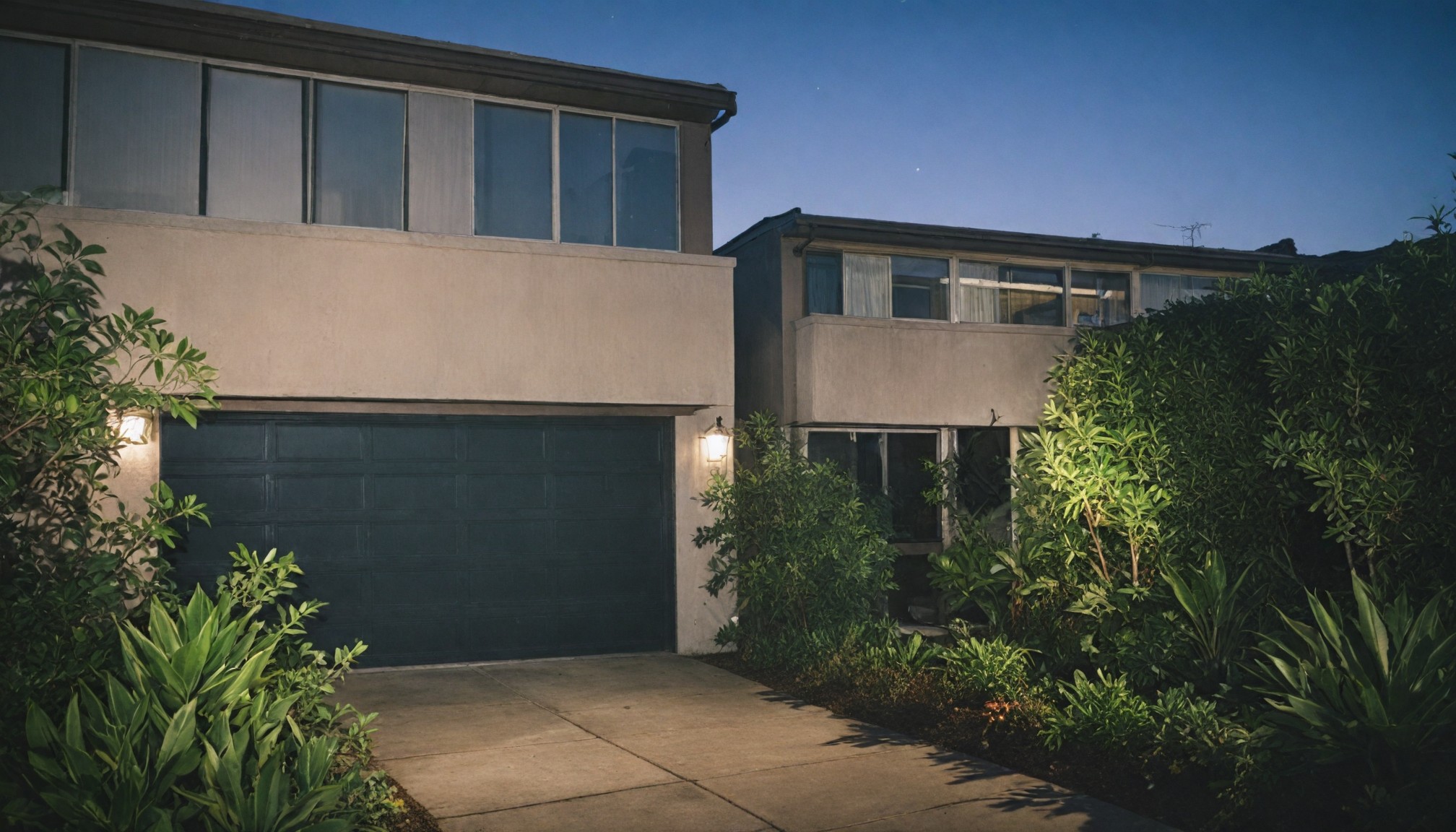
Transforming Your Home with Energy-Efficient LED Lighting
Introduction: Switching to energy-efficient LED lighting is one of the most impactful changes you can make to enhance your home’s sustainability. LED lights offer significant benefits over traditional incandescent bulbs, including lower energy consumption, longer lifespan, and reduced environmental impact. This article explores the advantages of LED lighting and provides practical tips for incorporating it into your home.
1. Energy Savings: One of the most compelling reasons to switch to LED lighting is the substantial energy savings. LED bulbs use up to 80% less energy compared to incandescent bulbs, which translates into lower electricity bills and reduced energy consumption. By making the switch, you can significantly cut down on your home’s energy use, contributing to overall energy conservation.
2. Longer Lifespan: LED lights are known for their impressive lifespan. While traditional incandescent bulbs typically last around 1,000 hours, LED bulbs can last up to 25,000 hours or more. This longevity reduces the frequency of bulb replacements, saving you money and minimizing waste. Fewer replacements also mean fewer bulbs end up in landfills, further supporting environmental sustainability.
3. Reduced Heat Emission: Unlike incandescent bulbs, which release a significant amount of energy as heat, LED lights are designed to be cool to the touch. This reduced heat emission lowers the strain on your home’s cooling system, especially during hot months. By using LED lights, you can decrease the load on your air conditioning, which contributes to overall energy efficiency and comfort.
4. Improved Lighting Quality: LED lighting offers superior lighting quality compared to traditional bulbs. LEDs provide bright, consistent light with minimal flicker, enhancing visibility and reducing eye strain. They are available in various color temperatures, allowing you to choose the right light for different settings, whether it’s warm and cozy for living areas or bright and cool for task-oriented spaces.
5. Environmentally Friendly: LED lights are more environmentally friendly due to their lower energy consumption and reduced waste. They do not contain hazardous materials like mercury, which is found in compact fluorescent bulbs (CFLs). Additionally, the reduced need for frequent replacements means fewer bulbs are disposed of, decreasing overall waste and environmental impact.
6. Cost-Effective Investment: While LED bulbs may have a higher upfront cost compared to incandescent or CFL bulbs, the long-term savings are substantial. The reduced energy consumption and extended lifespan lead to significant cost savings over time. Additionally, many utility companies offer rebates or incentives for switching to energy-efficient lighting, which can help offset the initial investment.
7. Easy Installation and Versatility: LED lighting is available in a wide range of formats, including bulbs, fixtures, and strips, making it easy to incorporate into various areas of your home. Whether you’re updating your ceiling lights, adding under-cabinet lighting, or installing outdoor fixtures, LED options are versatile and easy to install. Many LED products are designed to be compatible with existing fixtures and dimmer switches, providing a seamless transition.
8. Tips for Transitioning to LED Lighting:
- Assess Your Needs: Determine which areas of your home would benefit most from LED lighting. Start with high-use areas such as kitchens, living rooms, and outdoor spaces.
- Choose the Right Color Temperature: Select LED bulbs with the appropriate color temperature for your needs. Warm white (2700K) is ideal for living areas, while cool white (4000K) or daylight (5000K) is better for task-oriented spaces.
- Consider Smart LEDs: Explore smart LED options that allow you to control lighting remotely, set schedules, and adjust brightness levels. Smart LEDs offer added convenience and energy management.
Conclusion: Switching to energy-efficient LED lighting is a straightforward and effective way to enhance your home’s sustainability. With benefits including energy savings, longer lifespan, reduced heat emission, and improved lighting quality, LED lights provide a smart investment for both your wallet and the environment. Embrace LED lighting as part of your commitment to eco-friendly living and enjoy the advantages of a brighter, more energy-efficient home.
Recent articles from Eco Friendly

How to Water Houseplants Properly
One of the most common mistakes plant lovers make is improper watering. Because of this, houseplants often get sick or die. When buying a plant, always ask about its care requirements. If you're...

Creating a Wildlife-Friendly Garden: Attracting Native Species
Transforming your backyard into a wildlife-friendly garden is a rewarding way to contribute to local biodiversity while enhancing the beauty of your outdoor space. By focusing on native plants a...

The Benefits of Switching to Eco-Friendly Cleaning Products
Introduction: In our quest for a healthier and more sustainable lifestyle, one effective change we can make is switching to eco-friendly cleaning products. Conventional cleaning...